Let’s be honest, when it comes to seeking out heritage I’m not exactly your average National Trust card holder visiting stately homes and keeping behind the velvet rope. Far from it in fact. So it’ll come as scant surprise for you to hear that I set out on one gloriously sunny November day in South Wales to continue what I started last year – to hunt down more of the structural remains of the South Wales coalfield…
Avid readers will recall a rather fruitless but thought provoking similar trip round the north-east a few years ago that rammed home the reality of the complete absence of anything substantial. Wales is different. Almost every colliery town you visit will have some reminder of its industrial past, from memorial statues, to long abandoned schools and bath houses, to headgear in various states of repair. I could have spent a lot longer on this but alas I only had the one day, so I set off on a road trip book ended by museums – if anything was going to show me something preserved it was these, right?
Wrong. On the first count at least. I parked up by the Cefn Coed Colliery Museum expecting to see two sets of headstocks towering over the site and got out of the car eagerly with camera ready. To my absolute dismay it became clear that they had actually been cut down – rather crudely as well, like some kind of perverse metaphor for the industry itself. What kind of museum was this? It was, quite literally, staggering vandalism on an industrial scale…

As it turns out, it’s not quite as bad as it appeared: they now have listed building status and have been taken down for refurbishment prior to rebuilding over the next two years. This was to become something of a theme in my subsequent research, as most of the colliery ephemera does actually have a listing of some sort – which may explain why there is so much of it around.
Nestling in something of an overgrown wasteland next to a supermarket, the power house for the former Llwynypia Colliery isn’t so lucky in terms of its preservation, its increasingly concealed hulk slipping closer towards oblivion despite its prominent location in Tonypandy, a precariously skeletal roof sitting atop walls in dire need of restoration. It may well be – as the British Listed Buildings website notes – a good example of a surviving grand scale power house, but it’s also a good example of how a Grade II listing doesn’t count for anything unless somebody is prepared to put some money in to saving it. I didn’t even take the camera out given that I could barely see it through the trees, and a quick walk round the muddy litter-strewn perimeter presented no easy way in to take a further look. I was in too much of a rush to spend any more time on it and moved on.
A little further down the road though I arrived at the headgear and engine house of the former Hetty pit, Grade I listed and resplendent in the morning sunshine (main picture, top, and below). Nestled in its cramped hillside location and hemmed in between road and railway you’ll also find the less conspicuous II* listed fan house. A team of volunteers are now trying to restore the site, but there was nobody around when I stopped by. Shame – I’d have been quite interested in a chat…

The former Six Bells Colliery site is apparent now to the trained eye by way of its railings lining the embankment along the road that snakes round it through the town itself – but there’s little else to show for it now in terms of industrial workings. It does hold a rather striking 66 foot statue of a miner though, titled ‘Guardian’ and fabricated from thousands of steel ribbons. Its siting was specifically chosen to commemorate the Six Bells disaster of 1960 where 45 men were killed in an underground explosion, though more broadly it commemorates the losses and hopes of the entire South Wales coalfield. Sadly, disasters like this were not uncommon and it’s a prominent tribute to those that went underground with a sense of pride and duty knowing all too well of the dangers that could easily creep up on them.
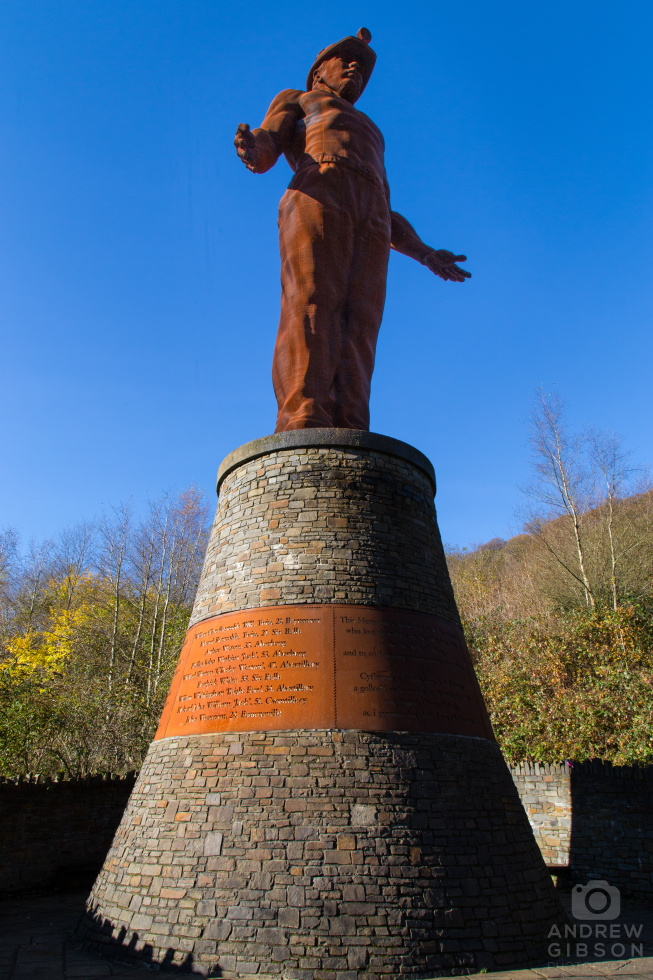
Driving out of town I saw something I wasn’t looking for or indeed expecting to see – and once more something most outsiders wouldn’t have recognised. The architecture of the Llanhilleth pit head baths was typical of their inter-war construction up and down the country, and though in a sorry state now presented quite a distraction. Alas, I wasn’t in a position to stop and investigate. Further research has revealed that Blaenau Gwent Council bought the site a decade ago to demolish them – something the locals are very much in favour of it seems – but it’s still holding on.
Blaenserchan Colliery was much more remote and gave me the opportunity to take a walk. At first it looked all neatly capped off, but walking further presented piles of rubble from the abandoned buildings. And then there was this…

Glancing over the side of the hill, a huge concrete structure sat below, encroached on by trees and inviting a closer look. It was the coal washery, used to separate mud and ash from the coal and grade it. I can’t find any apparent reason for it having been left behind, but it was an interesting distraction for a while.
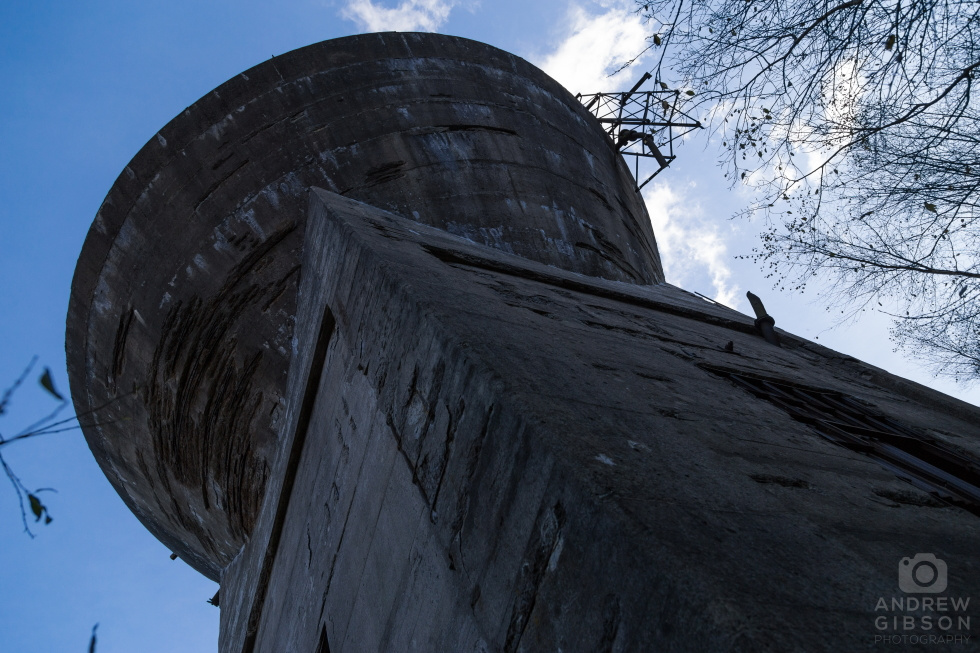
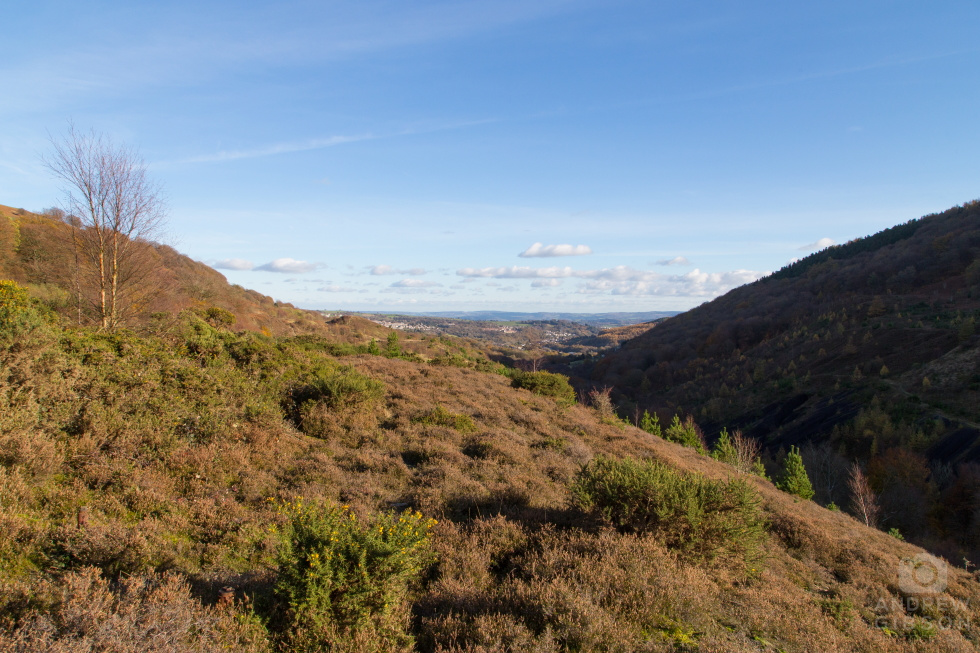
Even further down the valley was my final destination for the day – the Big Pit, now the National Coal Museum of Wales. It’s free to enter and you can take an underground tour with an ex miner – but you can’t take anything electrical with you, and hence there are no pictures apart from this shot of the site in the late afternoon sun.

In this instance the guide was blatantly too young to have been an ex miner, but he was certainly knowledgeable and explained that as the miners retire there needs to be a new generation to maintain these preserved pits. It also gave me somebody to talk to about the other sites I’d ticked off the list as he’d visited them as well – notably Penallta and Tower Collieries, which since I haven’t specifically written about them before, I’ll round this article off with.
The remaining buildings at Penallta are a curious collection sitting in a wasteland behind an industrial estate and a new housing estate. Some of the smaller ones have been converted but the larger ones are in a poor state of repair and don’t lend themselves to an obvious conversion despite their listed status. A cavernous engine hall sits adjacent to the two headstocks, while the bath house towers over the site from the hillside beyond – and provides a good view over the site for the adventurous. ‘Don’t steal our heritage’ reads the graffiti in the engine hall, a sentiment echoed by by my guide at the Big Pit. Maybe it was the gloom during my visit or its uncomfortable location but this one had an uneasy feeling about it beyond the peaceful sadness I see in other such sites. I’d be surprised if it’s restored anytime soon.
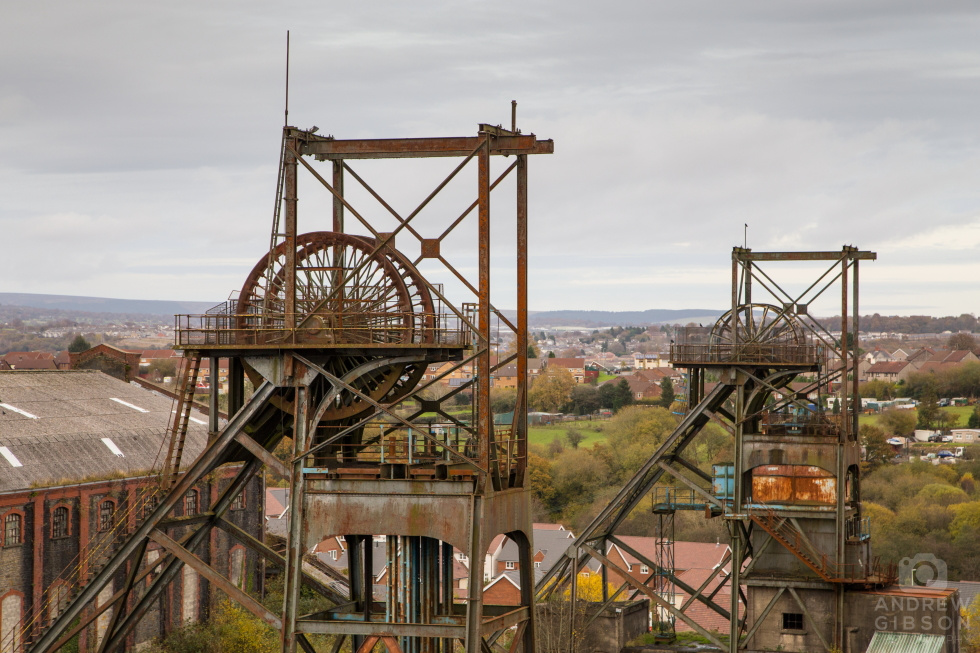
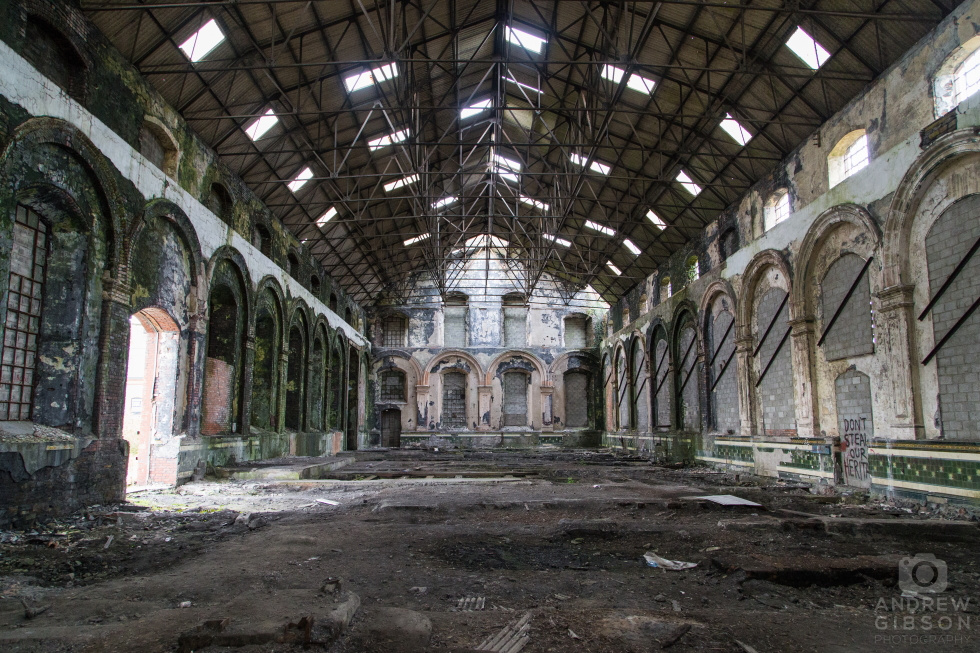
Which brings me to Tower Colliery, a veritable treasure trove of abandoned ephemera when I took a look last year but sadly one that has been heavily vandalised in the intervening time that has seen it sealed up and fenced off. Tower succeeded in the face of adversity when it was shut in 1994 as the miners bought the site with their redundancy money and mined it for another 14 years before it finally closed in 2008. It’s sad to think that people have gone there specifically to cause trouble and smash it up but then that’s the nasty selfish streak that runs through modern society I guess.



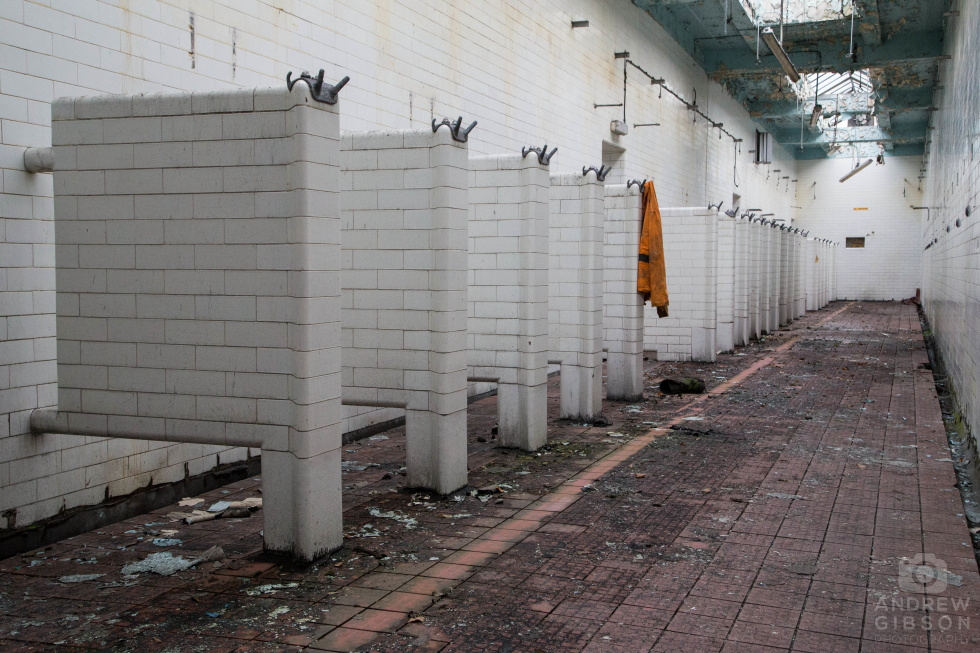
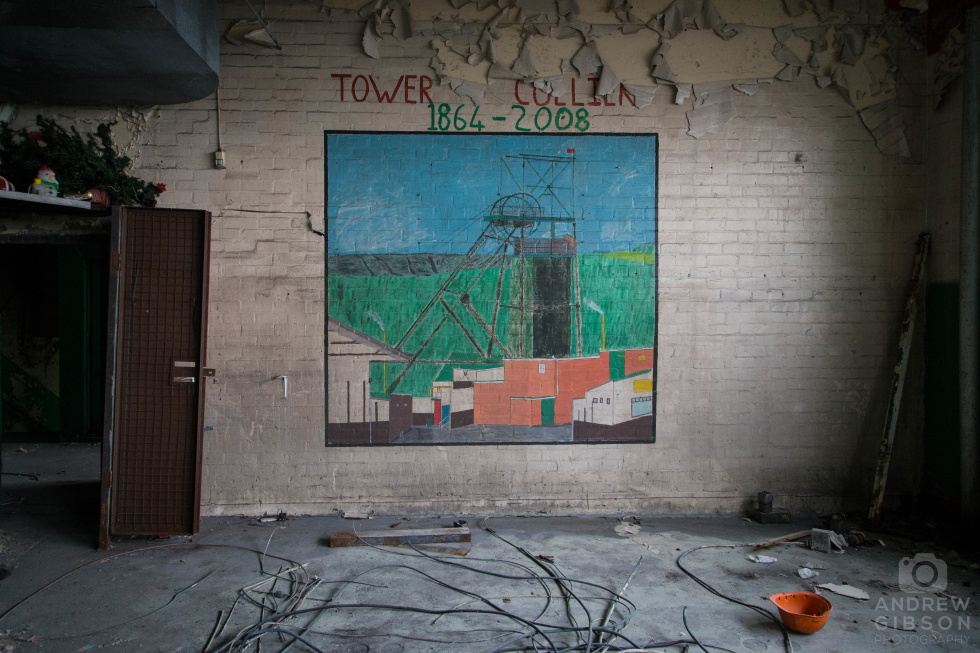
I mused at the end of my trip round the north-east that the most striking and resonating truth was how the whole industry had been almost comprehensively wiped off the face of the earth. Maybe it’s the passing of time, maybe it’s the relative lack of regeneration in the valleys, but the big difference with the South Wales coalfield is exactly how much is still there if you look for it. And with preservation orders slapped all over it there’s a chance a fair bit if it can be saved for future generations to wonder at.
The people of the valleys may well be proud of their heritage, but the way society in general is evolving, one can only hope they’re interested…
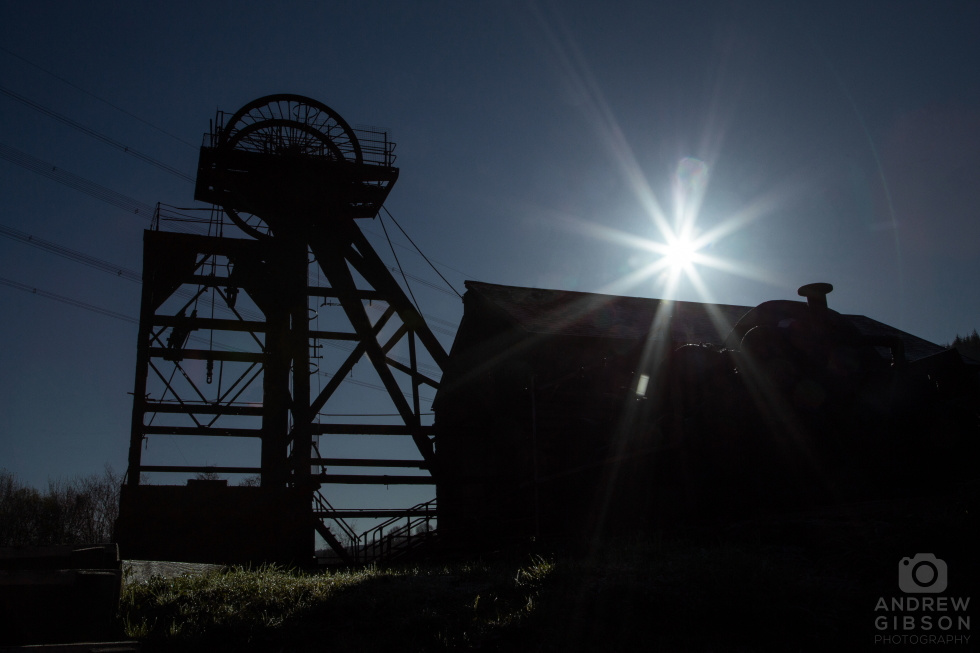
Comments
Dan Lynch
Andrew